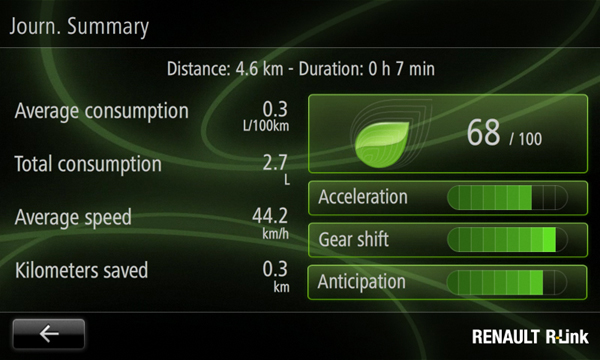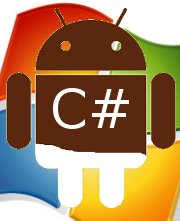I’ve recently started to play around with Qt and since I’d like to do a digital signage player running on Raspberry Pi, I’ve decided to try to make a simple digital signage demo application to evaluate the development platform. In Part 1, my goal was to make a 3 zones layout with a video zone, a picture zone and a scrolling text zone. I would just play one hard-coded media in each zone and the video and scrolling text would have to continuously loop. I used Qt Creator to create a “Pigital Signage” application (or should it be Πgital Signage ?). To create the 3 zones I used the Gridview Element with 3 rectangles: Video zone: 600×432 Picture zone: 200×432 Text zone: 800×48 Displaying the image is very easy with the Image Element:
|
1 2 3 |
Image { source: "pic/phone.jpg" } |
The video playback was also supposed to be easy with the Video Element but it can […]










